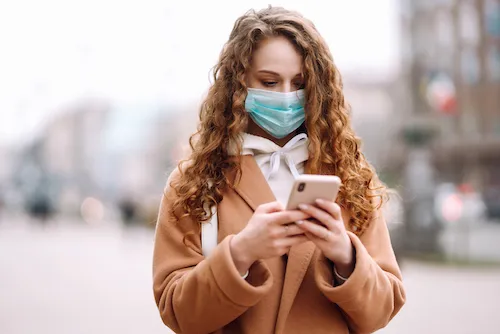Many risks are common across different mobile platforms, and being aware of these dangers is key to using a smartphone safely. Here are the most dangerous activities:
1. Downloading Apps from Unofficial Sources: Getting apps outside of official app stores can expose the device to malware.
2. Granting Unnecessary Permissions: Be wary of apps that request permissions that don't seem relevant to their function.

3. Weak Security Measures: Not using a strong password, PIN, pattern, or biometric security means your data can be easily accessed if your phone falls into the wrong hands.
4. Ignoring Software Updates: Both system and app updates can contain critical security patches. Outdated software can be more vulnerable to exploits.
5. Engaging with Suspicious Links: Clicking on unknown or suspicious links in emails, SMS, or messaging apps can lead to malware infections or phishing attempts.
6. Using Unsecured Public Wi-Fi: Public networks can be compromised or monitored. If using public Wi-Fi, ensure you use a VPN.
7. Failing to Back Up Data: Not backing up your phone means you risk losing valuable data if the device is compromised, lost, or stolen.
8. Overlooking Mobile Security Software: While native security on platforms, especially iOS, is strong, some users benefit from added security software, particularly on Android.
9. Over-sharing on Social Media: Sharing too much personal information can make you vulnerable to identity theft, scams, or even real-world threats.
10. Performing Financial Transactions on Insecure Sites: Ensure sites are legitimate and use "https://" when handling sensitive data.
11. Leaving Bluetooth Always On: When not in use, it's safer to turn Bluetooth off to prevent potential unauthorized connections.
12. Jailbreaking or Rooting: These actions can provide more control over your device but can also expose the phone to more threats by bypassing native security features.
13. Storing Sensitive Information Without Protection: If storing sensitive details, use encrypted note apps or secure password managers.
14. Not Using Two-Factor Authentication (2FA): When available, 2FA adds an additional layer of security to your accounts, making it harder for unauthorized users to gain access.
15. Physical Exposure: Leaving your phone unattended in public places can lead to theft. Always be mindful of your phone's physical security.
Being proactive and informed can help users navigate the digital landscape safely. Regularly educating oneself about evolving mobile threats and safety measures is a good practice.


